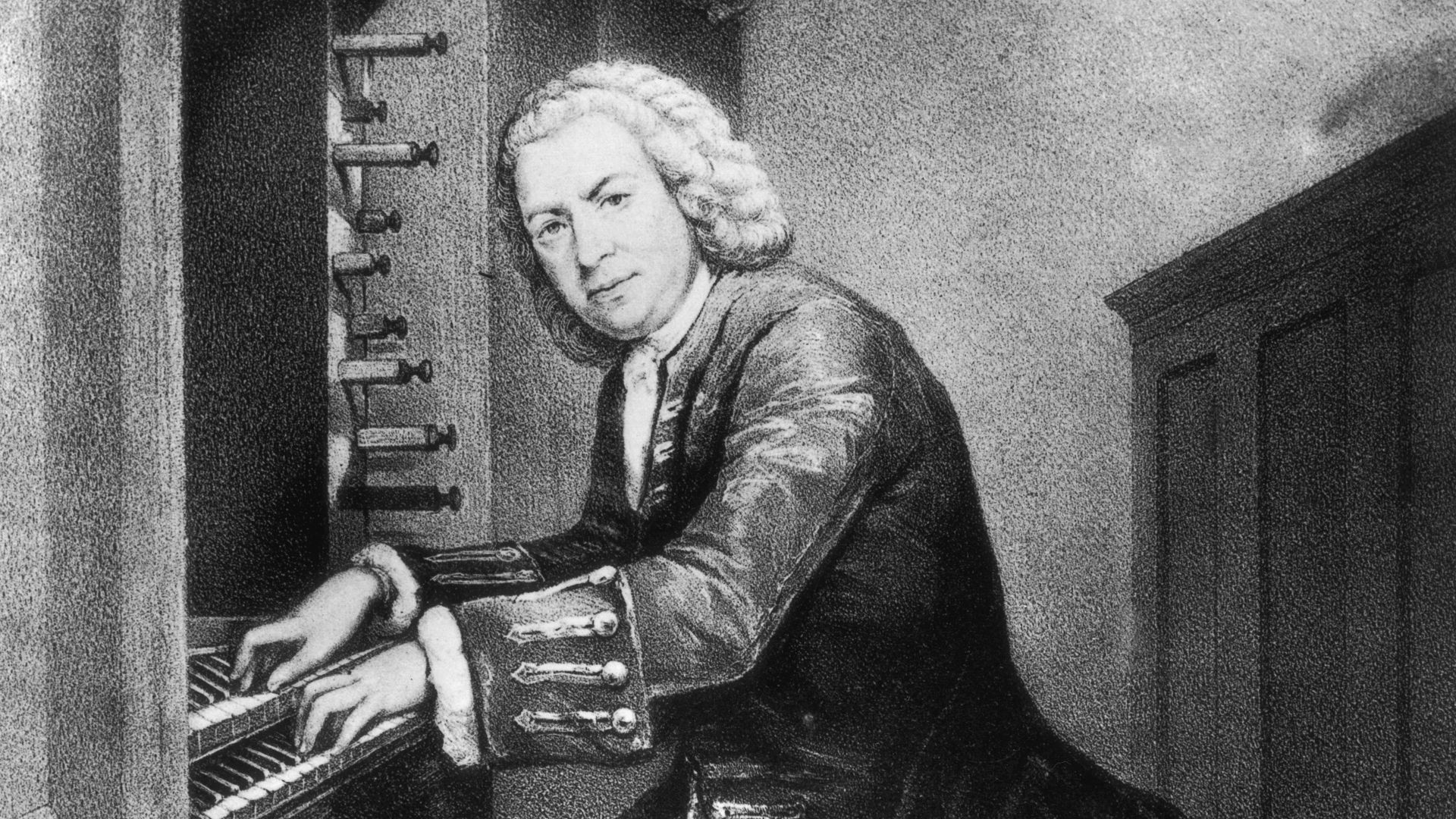Have you heard The Goldberg Variations? They are one of the more fascinating compositions within classical music. Written by Bach in 1741, it is a body of work that has remained tremendously popular within the classical idiom despite its length of 80 or so minutes and is one of very few compositions that was published during Bach’s lifetime. It is widely considered to be one of the most important examples of the variation form. Variations begin by stating a theme. From there the writer uses a basic core structure, typically centered around a bass line, to create variations on that theme.
It is widely believed that The Goldbergs were based on, or even a one-upsman response to Handel’s Chaccone with Variations In G Major written eight years before in 1733. A chaconne is a type of musical composition popular in the baroque era when it was frequently used as a vehicle for variation on a repeated short harmonic progression, often involving a fairly short repetitive bass-line (ground bass), which offered a compositional outline for variation, decoration, figuration and melodic invention. The ground bass typically descends stepwise from the tonic (G) to the dominant pitch of the scale around which the variation is centered. Bach’s work is also in G but the similarities don’t stop there. The most striking one is that it is built around the same eight bass tones – the eight whole tones of the G major scale.
The Goldberg Variations begins with an initial melody, the Aria, followed by 30 short but brilliant variations built on the eight notes Bach appears to have borrowed directly from Handel’s Charccone. In the final variation Bach returns to that first, quiet and lovely melody as if to restate from whence he came. There’s nothing facile or formulaic about the variations. Each is extremely well thought out. As a body of music the thing that is perhaps most fascinating is just how much variation Bach is capable of within the structure, far exceeding Handel in every way. One of the most beautiful things about The Goldbergs is that Bach uses it as a canvas in which to draw a seemingly infinite world of possibility.
Bach uses the variations to explore wildly diverse styles of music including French overture, different styles of dances; he explores emotions from joy to lament; sizes from largest to smallest. Variation 12 exudes sheer joy while within variation 13 you can feel the bitter sweetness of romance.
Variation 18 sounds as if it is a childlike musical exercise. It is a canon of the sixth. That means that the emphasized tone of the scale is the sixth tone. For the key of G that is E. It is profoundly simple. It begins, like most of the variations, with the first four notes of the G major scale in a descending pattern. It stands in stark contrast to other variations.
Variation 25, for example, is one of the most haunting and harmonically challenging variations. While most of the variations are in G major there are three that are in G minor; variation 25 is one of them. Handel allowed himself only eight bass notes in his variations. Bach started with that same concept and in all but three of the variations followed it. Here he expanded on it by exploring the chromatic notes between the eight major tones. Instead of beginning variation 25 with the four major bass note descending pattern, Bach introduces sophisticated harmonic elements into the bass line. Some of them are pretty shocking – F can well be considered the most dissonant, transgressive note to G – strike the two keys together on a piano to see what I mean; yet there it is as the second note of the bass line. E flat is also in the bass line. Bach even intentionally emphasizes those odd note combinations in this variation as if to play up their dissonance when isolated but also their appropriateness to the greater piece when heard in context.
Bach expanded upon what Handel had done, not only within the form but by breaking the form in a few instances. By using these more sophisticated, even shocking bass choices Bach established a feeling and mood that is well beyond what could be done with strict adherence to Handel’s eight note form. Indeed variation 25 sounds like deep despair. By straying one tenth of the time Bach introduces a deeper level of interest and meaning. Most importantly though all thirty variations when considered as a whole create a logical, and beautiful body of work that spans the extremes of emotion – much like life itself.
Technical explanations aside it is clear to me why the Goldberg Variations have attained such lasting prestige in classical music – because they are beautiful. Each one is rich in beauty and despite being based on the same, somewhat simple bass notes, they draw a compendium of emotion. So it is in life. We are capable of forming the most varied compositions while using the same simple underpinnings – values, loves, desires, our limitations. Life, advancing from one variation to another; occasionally straying into almost illogical despair, combining unthinkable notes, marching through rudimentary instruction, and advancing into impossible joy, ultimately combines to form a most beautiful body of work that spans the extremes of emotion.
————————————
Note: To hear The Goldberg Variations search Spotify for “Glenn Gould Bach Goldberg Variations”. Gould was obsessed with the piece, recording it twice – once in 1955 and again in 1981. The piece was originally written for harpsichord but contemporary performances are on piano.
By Clay Konnor






